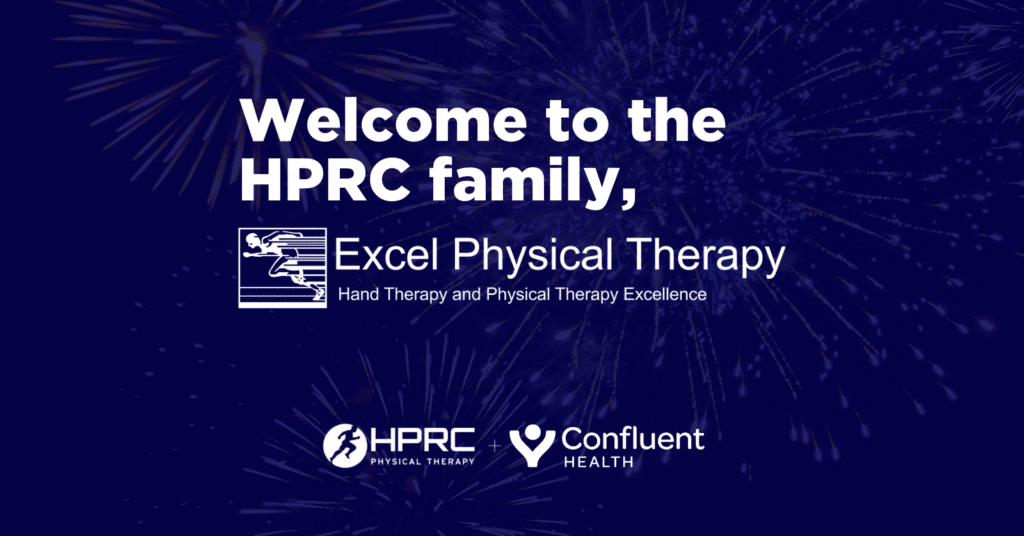The Achilles tendon is an essential part of daily life. Spanning from your heel bone to your calf muscle, this band of tissue allows you to participate in everything from competitive sports to recreational activities, or just simply getting around. While the Achilles is the strongest and thickest tendon in the body, it can also be vulnerable to injury.
How Achilles tendon injuries happen
Athletes certainly experience their fair share of Achilles tendon injuries, but so can the average person. A variety of issues can cause the tendon to partially tear or even rupture. These include an abrupt and incorrect stepping down movement, wearing high-heeled shoes over the long-term, contact injuries or overuse. A tear can occur anywhere along the tendon from the heel to the calf. Injuries are more common in middle-aged individuals, and generally effect men more often than women.
How to recognize a tear
Partial tears, which are vertically or horizontally oriented along the tendon, are much more common than ruptures, or complete tears. You can usually feel a tear when it happens. It will cause the area around the Achilles to feel sore, tender and it may cause swelling. When a patient experiences a complete tear, normal walking is instantly compromised since the tendon is severed and essentially rolls up like a Roman shade. A rupture will require surgery and follow-up physical therapy.
Treating a partial tear or a post-op rupture
A full recovery from an Achilles injury demands patience. Rest is key. If surgery is not indicated, some patients benefit from wearing a boot to keep the tendon in a neutral position. If surgery is indicated, the patient will be referred to physical therapy typically around the 6th post-operative week, but will remain in a boot until 12 weeks post-op, on average.
During therapy sessions, a PT will manually stretch the tendon to bolster blood flow and to improve the relationship between the tendon and the heel bone and/or the calf muscle. The PT will also issue home exercises to encourage healing while minimizing inflammation. When the patient is ready, the PT will introduce gentle exercises like seated calf raises and exercises using therapy bands to increase blood flow. Next, the therapist will guide the patient through a progression of walking activities and dynamic stretching like lunges and standing calf raises with the goal of an eventual return to the individual’s desired level of activity. Another important part of therapy is restoring – or improving – a patient’s sense of balance, so a therapist may also deploy exercises that improve biomechanics. As the patient builds strength and flexibility, it will be possible to once again run and jump.
Continued maintenance
A home exercise program is a key part of helping a torn Achilles tendon heal throughout therapy. Wearing proper footwear is also important. While active adults are always eager to jump back into their former routines, it’s crucial that they practice patience and allow the Achilles tendon to heal fully to prevent re-injury.
If you are experiencing pain, but do not believe you have an Achilles injury, you may be suffering from Achilles Tendonitis. Learn more about Achilles Tendonitis and the treatments available.



